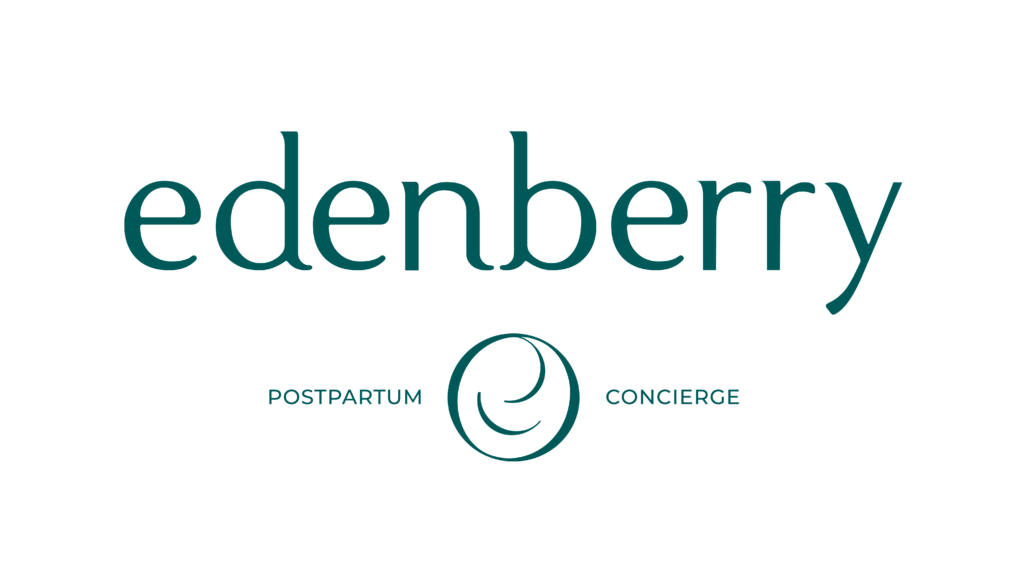Welcoming a new life into the world is a beautiful and transformative experience. However, the journey of childbirth can take a toll on a woman's body, leading to various physical challenges during the postpartum period. Postpartum physical therapy is a specialized branch of therapy that focuses on helping women recover from the physical changes and challenges that occur after childbirth. In this article, we will explore the significance of postpartum physical therapy in restoring strength, promoting healing, and enhancing overall well-being for new mothers.
Understanding the Postpartum Body
The postpartum period brings about significant changes in a woman's body. Hormonal fluctuations, stretched abdominal muscles, weakened pelvic floor, and issues like back pain are common after childbirth. Additionally, postpartum women may experience diastasis recti, a condition where the abdominal muscles separate, leading to weakened core support. Postpartum physical therapy is designed to address these issues and promote a smooth recovery.
Individualized Treatment Plans
Postpartum physical therapy offers individualized treatment plans tailored to each woman's specific needs and goals. A thorough assessment is conducted to identify any musculoskeletal imbalances, pelvic floor dysfunction, or areas of concern. Based on this evaluation, a personalized plan is created, combining exercises, stretches, and manual therapies to address the unique challenges faced by the new mother.
Pelvic Floor Rehabilitation
The pelvic floor plays a crucial role in supporting the bladder, uterus, and rectum. Pregnancy and childbirth can lead to pelvic floor weakness or dysfunction, which may result in issues like urinary incontinence or pelvic organ prolapse. Postpartum physical therapy focuses on pelvic floor rehabilitation through targeted exercises and techniques to strengthen and restore the function of these muscles.
Diastasis Recti Treatment
Diastasis recti is a common condition where the abdominal muscles separate due to the stretching during pregnancy. Postpartum physical therapy includes specialized exercises to close the gap and restore core strength. Addressing diastasis recti is essential not only for improving core stability but also for preventing potential back pain and improving posture.
Alleviating Back and Neck Pain
During pregnancy, the body undergoes significant changes to accommodate the growing baby, which can put extra strain on the back and neck. Postpartum physical therapy focuses on relieving this strain through targeted exercises, stretching, and manual therapies. By alleviating back and neck pain, new mothers can focus on caring for their newborns without discomfort.
Restoring Posture and Alignment
The changes in the body's alignment during pregnancy can lead to postural imbalances. Postpartum physical therapy includes exercises to restore proper posture and alignment. This not only reduces the risk of musculoskeletal issues but also contributes to a more confident and comfortable physical presence.
Promoting Emotional Well-being
The postpartum period can be emotionally challenging for new mothers, and physical discomfort can exacerbate these feelings. Postpartum physical therapy provides a safe and supportive environment where women can focus on their physical recovery, which, in turn, positively impacts their emotional well-being. Engaging in therapy sessions can help reduce stress and anxiety, fostering a sense of empowerment and resilience.
Preparing for Future Pregnancies
For women planning to have more children in the future, postpartum physical therapy is an essential step in preparing the body for subsequent pregnanci
es. By addressing and resolving postpartum issues, women can enter future pregnancies with a stronger foundation, minimizing potential complications and discomfort.
For More Info:-
coping with postpartum emotions






Comments